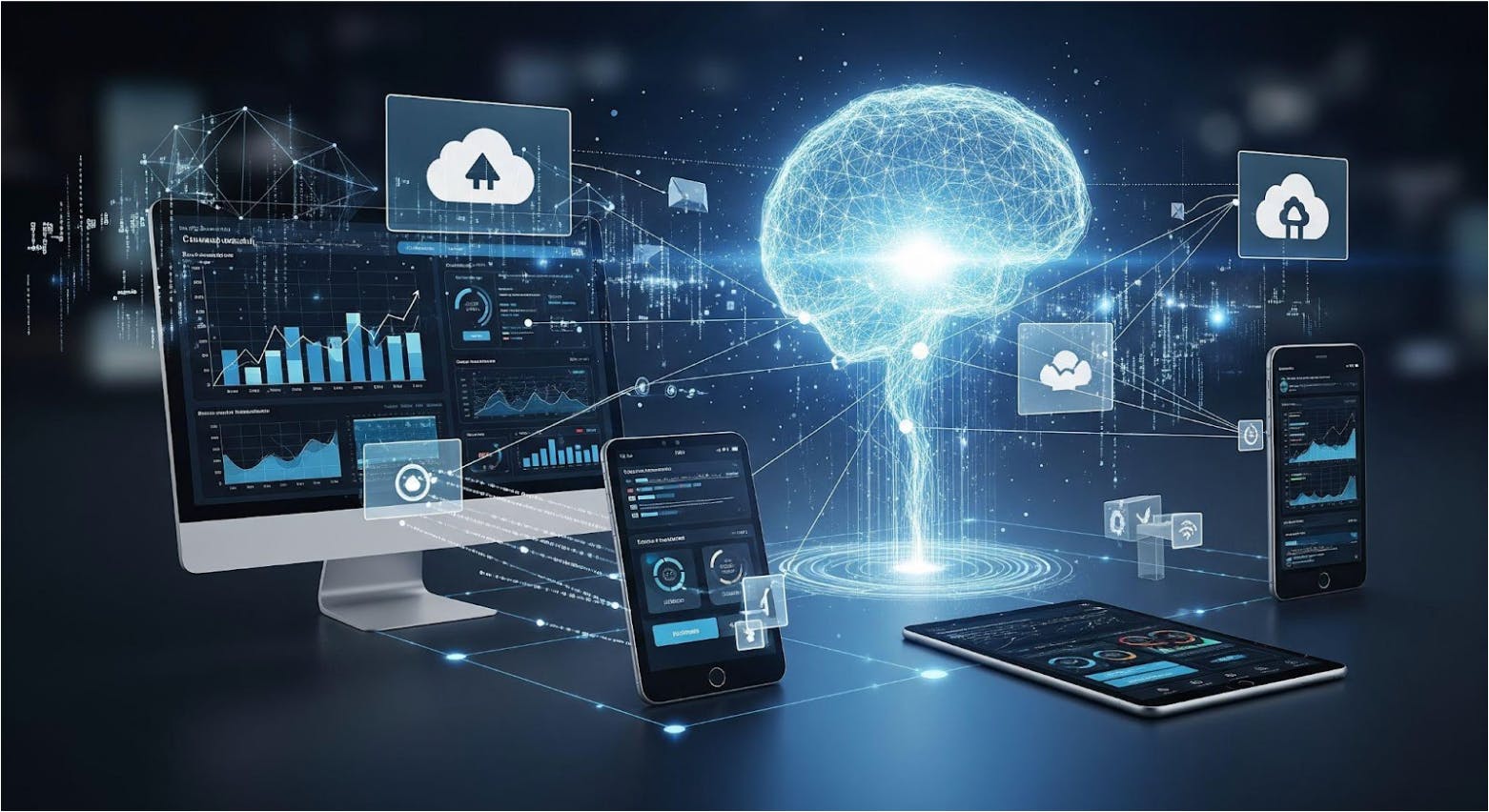Nowadays, beautiful charts are no longer the big show; they are the pre-show. It is estimated that every day we create an amount of data that reaches 2.5 quintillion bytes (which is sufficient enough to help you spend your entire life binge-watching Netflix). Still, most data usually lies there, and no one ever does anything constructive with it.
These tools, such as Power BI and Tableau, have the capacity to make data look fantastic, and what happens when you add machine learning into the mix is that the visuals must do something beyond just looking fantastic-the visuals must justify why the prediction is vital and win the trust of the user.
Besides, more than 70 % of organizations report insufficient trust in analytics as an immense obstacle to AI and ML integration. It is not really only about big-time dashboards; it is about building experiences that people can comprehend and care about using.
The ML-driven dashboards are not these general future predictors; they are specific advisors that clearly advise and explain why the sales should grow by next month, and what specific activities to undertake to monetize on that statement. When predictive analytics is accompanied by explorable, visual formats, which end users can access using a variety of devices, the dashboards foster trust and engagement amongst the end-users, whether they access desktops, smartphones, or wearable smart devices.
The end goal is to turn moves of complex algorithms into open-book stories that motivate balanced decision-making with practical business outcomes, not just reports that are left untouched:
-
Integrate Predictive Outputs with Contextual Storytelling: The ML predictions must also not be put in the form of isolated numbers. In Power BI or Tableau, matching the forecast with background, historical trends, benchmarks of the relevant sphere, along with relevant KPIs, will give the user an idea of the significance of the estimates. To strike an example, a sales forecast is much more convincing when related to the annual cycles, the past campaign influences, and the market climate in a unified visual flow.
-
Apply Explainable AI (XAI) Principles: Another feature that can help build trust is explainability that is integrated into the user experience in dashboards. This may contain feature significance graphs, model confidence bands, and scenario-based what-if analysis planes. Varying use of SHAP value summaries in Tableau to customize Power BI visuals facilitates the visualization presentation of XAI into overall BI tools so that non-technical users can identify the rationale behind the model outputs.
-
Design for Cross-Platform Consistency: There is a growing consumption of desktop, mobile, and embedded analytics experiences by users. The design uniformity (the same color schemes, symbolic signs, interaction patterns) allows for keeping the trust and familiarity. What that implies is that the ML insights need to be just as interpretable when looked at through a CEO’s iPad dashboard as when looked at through a review tab of a sales manager or through a field engineer on his mobile app.
-
Blend Human Expertise with ML Recommendations: Dashboards should enable human-in-the-loop interaction, where ML suggestions are supplemented with expert commentary. For instance, an HR attrition model in Power BI can present both its prediction scores and an HR analyst’s qualitative assessment. This blend reduces “black box” skepticism by showing that AI augments rather than replaces human judgment.
-
Make Interactivity the Gateway to Deeper Insight: Instead of having fixed images, interactive drill-downs enable the readers to drill down to find out the reasons behind the predictions. In Tableau, a forecasted spike can be clicked and might provide the background variables, comparisons against related historical events, and even connections to follow-on datasets. This dynamic changes the meaning of dashboards from a passive consumption context to an active decision-making context.
Conclusion
It boils down to the fact that machine learning is not magic; it is math with a marketing issue. The problem is not making the algorithm work, but rather work; the real question is how to make people want to believe in it and be willing to use it.
Combining the attention-grabbing Space-Age looks of Power BI and Tableau with the geekier-than-ever predictions of ML and adding in a bit of explainability, consistency, and storytelling, you transform dashboards into “must-haves” as opposed to “mehs.”
Since the most powerful ML-based dashboards are not just pretty graphs, but the type of data experience that causes people to nod, smile, and say, “Okay… now I get it.”
That is when predictive power no longer becomes a boardroom buzz phrase, but one that can put you in a position to pay or collect the rent.











